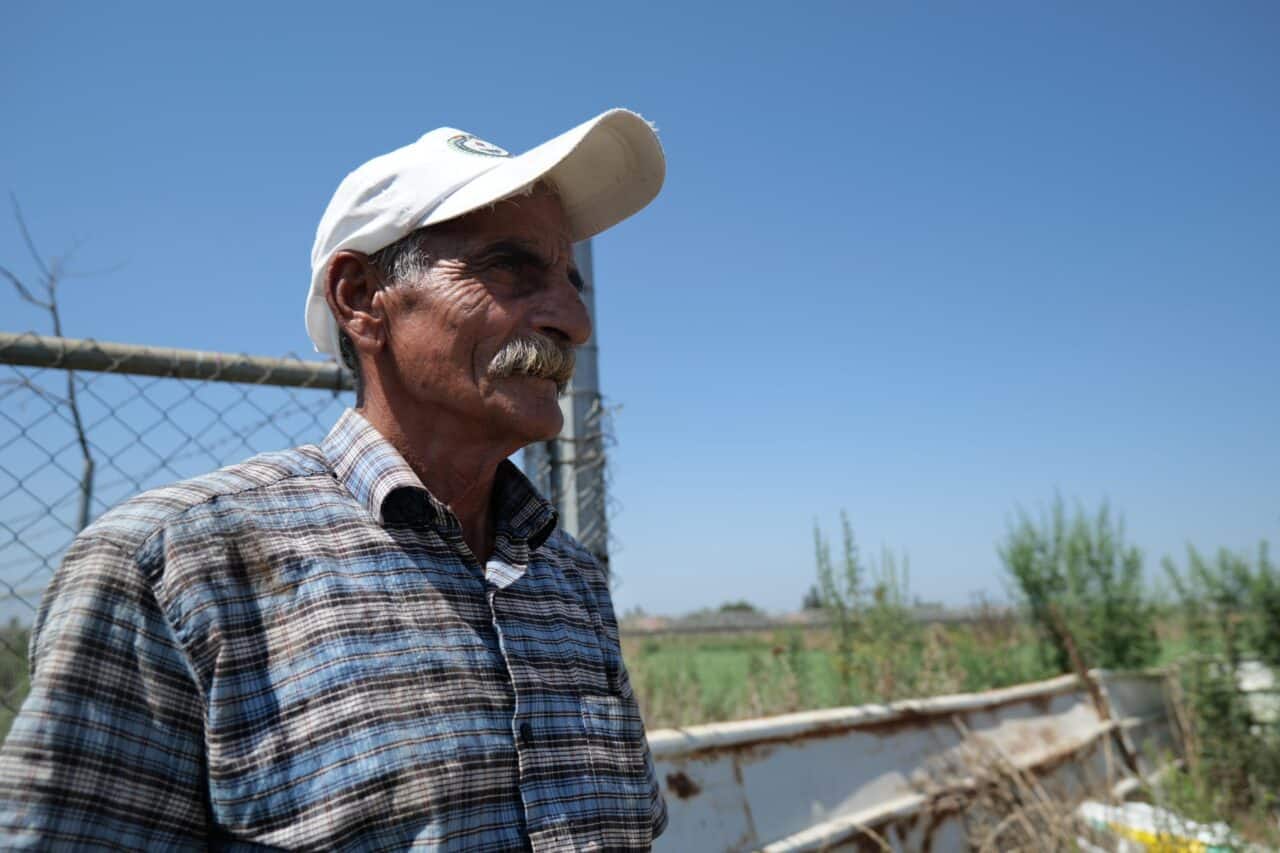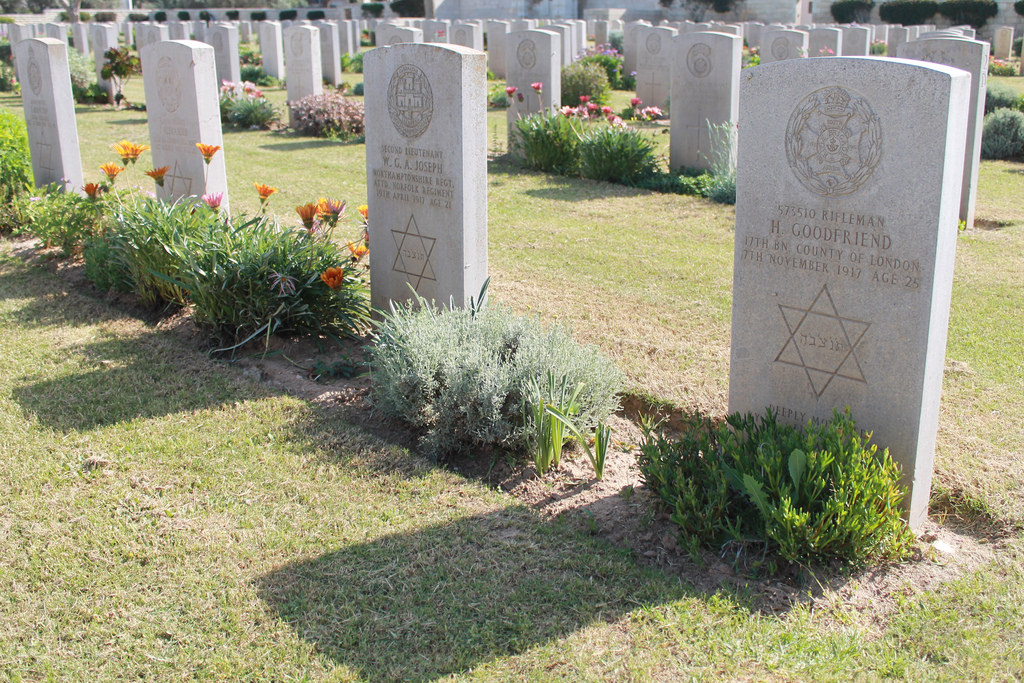Tag: Bulldozers
-
Palestinian Farmers call for international support this olive harvest
by Diana Khwaelid Riziq Hamid, 65, is not the only Palestinian farmer whose land has been confiscated by Israel. About two weeks ago, Israeli bulldozers bulldozed and vandalized dozens of agricultural dunams in the Shuwaika plain area in Tulkarm, in the northern West Bank. Basim said Alyan is a farmer from the village of Deir…
-
Another home destroyed in Gaza
29th March 2016 | International Solidarity Movement, al-Khalil team | Gaza Strip, occupied Palestine During the latest wave of aggression by Israeli forces against the Gaza Strip, Gaza resident Mohamed Shorrab, 70 years old, lost his family home. It was shot at and destroyed by Israeli tank fire and artillery shells from the gun turrets…



